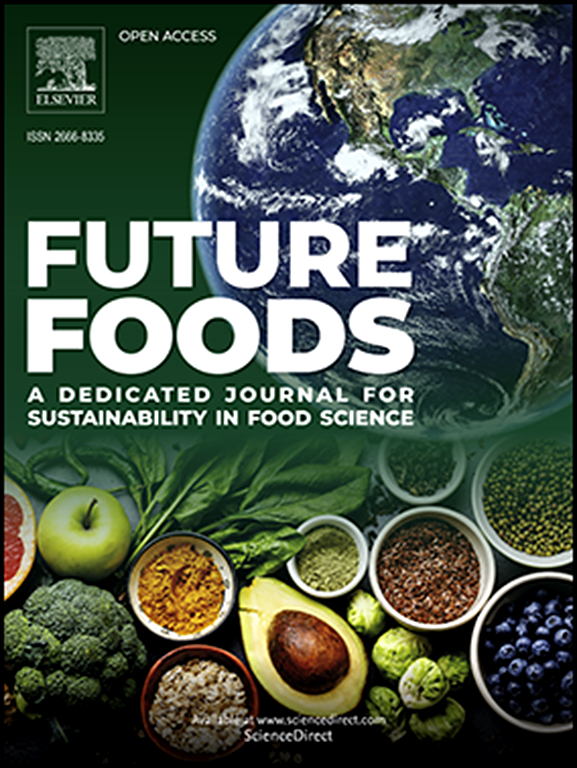Overcoming the flavour and textural/rheological problems of plant-based cheese alternatives: Challenges and solution strategies
IF 7.2
Q1 FOOD SCIENCE & TECHNOLOGY
引用次数: 0
Abstract
The interest in plant-based cheese alternatives (PCAs) is rapidly increasing due to factors such as the rapidly growing world population, difficulties in accessing food, environmental issues, climate change, food shortages and changes in consumer diets. The aim of this review is to highlight the current state of PCAs, highlight the challenges and present approaches and proposed solutions to overcome these challenges. In this regard, the topic is essentially discussed under two main headings. I-Texture/Rheology and II-Flavour properties. PCAs should not only have a similar nutritional profile to dairy cheeses, but also resemble them in flavour, texture and appearance. Examining the studies, it is observed that these products have made significant progress in terms of the desired structural properties (meltability, viscoelastic behaviour, emulsification.) and many problems have been overcome. However, the same cannot be said for flavour. Unfortunately, the flavour of PCAs is not at the desired level and some solutions have been offered to overcome this problem. Two ways have been proposed to improve the palatability of PCAs. The first is the addition of external flavourings (flavouring agents or herbs, spices and condiments) in addition to the unique inherent flavour of the plant. Another is the formation and removal of flavour compounds through biochemical changes through fermentation. For this purpose, microorganisms and external enzymes can be used. The review presents the current state of play, new perspectives and approaches to solving texture and flavour problems in plant-based cheeses.
求助全文
约1分钟内获得全文
求助全文
来源期刊

Future Foods
Agricultural and Biological Sciences-Food Science
CiteScore
8.60
自引率
0.00%
发文量
97
审稿时长
15 weeks
期刊介绍:
Future Foods is a specialized journal that is dedicated to tackling the challenges posed by climate change and the need for sustainability in the realm of food production. The journal recognizes the imperative to transform current food manufacturing and consumption practices to meet the dietary needs of a burgeoning global population while simultaneously curbing environmental degradation.
The mission of Future Foods is to disseminate research that aligns with the goal of fostering the development of innovative technologies and alternative food sources to establish more sustainable food systems. The journal is committed to publishing high-quality, peer-reviewed articles that contribute to the advancement of sustainable food practices.
Abstracting and indexing:
Scopus
Directory of Open Access Journals (DOAJ)
Emerging Sources Citation Index (ESCI)
SCImago Journal Rank (SJR)
SNIP
 求助内容:
求助内容: 应助结果提醒方式:
应助结果提醒方式:


